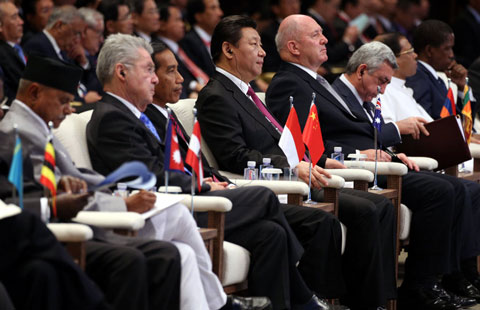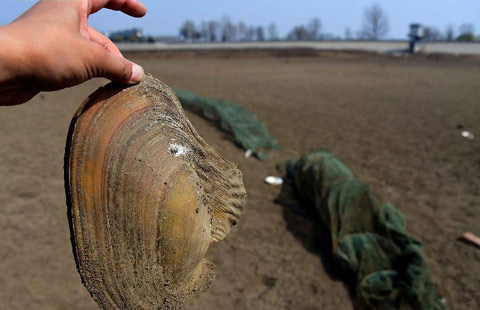Costs cloud efforts to achieve cleaner coal
By Du Juan (China Daily) Updated: 2015-03-25 07:45Luo Jianhua, secretary-general of the China Environmental Chamber of Commerce, said that the widespread inefficient use of coal by the industrial sector is the biggest problem.
There is widespread support for clean coal technology to ease the pollution problem, but that can only be achieved with greater effort by coal producers themselves, some experts say.
China Shenhua Energy Co Ltd, the nation's biggest coal producer, does offer cleaner coal as part of its product range. But a source close to the company said that desulfurizing coal raises the production cost by 10 yuan ($1.6) to 20 yuan per ton.
"The domestic technology available is mature, but the cost is too high for coal companies unless they get subsidies," the source said.
In addition, the nation's major coal-producing areas, including Shanxi province and the Inner Mongolia autonomous region, are short of water - a crucial part of producing cleaner coal.
Deng Shun, a coal analyst with Shanghai-based energy information consultancy ICIS C1 Energy, said that focusing too much on the cleanness of coal does not solve the pollution problem. He said that it would be easier to cut emissions if large fuel-powered facilities invested more in environmental protection equipment.
"It is important to find a balance between the economic efficiency of coal use and environmental protection. It is not necessary to simply strive to produce highly clean coal," Deng said.
In addition to improved processing of raw coal, there are other technologies such as coal-to-gas facilities that can do even more to reduce emissions, but at an even higher cost.
Some analysts have urged a different focus. They have said that instead of spending heavily on advanced technology, cutting coal use would be more economical. Companies should find and use substitutes to a greater degree, they said.
The substitutes could be natural gas, coalbed methane gas and renewable energy. But those sources might not solve the problem quickly, either.
For example, China announced an ambitious plan in 2011 for coalbed methane, with the goal of producing 30 billion cubic meters annually by this year. But last year, total output was just about half that amount and a revised plan was released that deferred the realization of the target to 2020.
Deng said that standards and plans are not enough. It is also crucial to enhance supervision to ensure those policies are put into effect.
- Israel requests to join Asian Infrastructure Investment Bank
- Chinese stocks rebound on April 1
- China, the West in Africa: more room for cooperation than competition
- Nanjing cuts taxi franchise fees
- Air China increases flights to Milan, Paris
- JD.com raises delivery charges
- Veteran corporate strategist upbeat about China economy
- L'Oreal China sales revenue up 7.7% in 2014

















